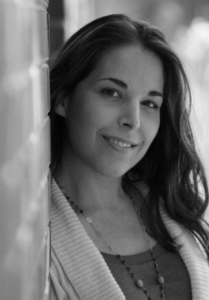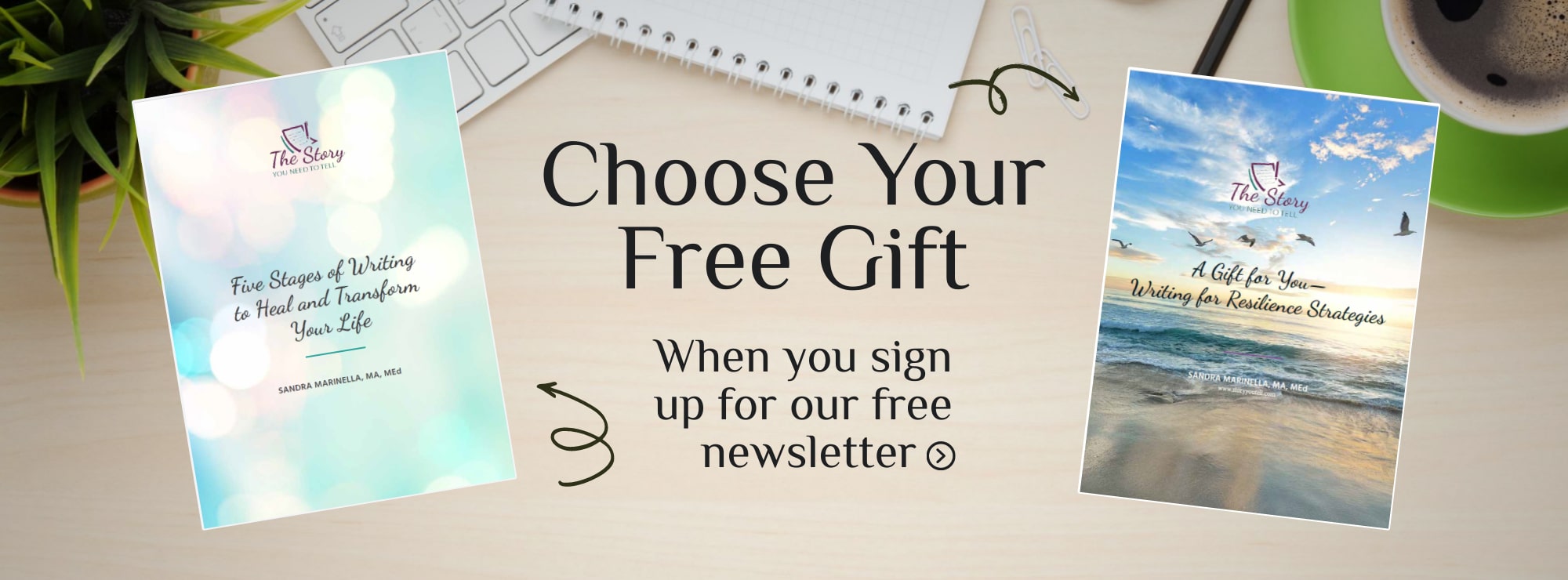Hope
Once Upon a Time by Hannah Jayne
Once upon a time I was a 14-year-old girl in a training bra and a spiral perm, screaming my guts out at a one-inch-tall singer in rhinestones and a backward baseball cap. He was a New Kid on the Block, and I was one of 63,000 girls teeming with hormones and Aussie Scrunch Spray, and absolutely certain that he could hear me, would sweep me from my nosebleed seat and fall madly and deeply in love with me. It didn’t matter that I was 14 and cried whenever I spent the weekend away from my family, and he was essentially a grown man.
It didn’t matter that I was a cheerleader who never missed practice, and he was a performer at the absolute height of his career, who couldn’t leave his hotel room without a hoard of bodyguards who navigated their way through squealing teens with long, prodding fingers and Sharpie markers. I had absolute faith and hope and the fearlessness that comes from naivety and unbridled teenage passion.
Once upon a time I was a forty-eight-year-old woman with one and a-half breasts and what remained of my ponytail, screaming my guts out at a singer in rhinestones and a backwards baseball cap. He was taller now, six inches at least because I wasn’t 14 anymore and could afford better seats, but he was still a New Kid and the crowd was still full of girls—women now, but still screaming fervently and when he said, “Are you ready to go again?” I screamed along with them because in that moment, I could be hopeful and naïve and fervent too, and I was ready to go again, to have a go at being silly and hopeful and borderline 14.
“Are you ready to go again?” I’m still 48. The concert is over, though I can still hear the screams, and I blasted the music in my car the whole way here and maybe pretended that I was going on tour with the New Kids, even though I desperately love my husband and cry if I have to leave my baby for two days. My heart was thundering in my throat like I was the one about to go onstage, like I was about to be ogled by thousands of screaming fans instead of one kindly mammogram tech with a sad smile on her face.
“Are you ready to go again?” Once upon a time I screamed a resounding yes and now I wanted to scream “no, no, I’m not ready to go again. I’ll never be ready to go again” but here it was, possibly, cancer in my lap a second time and the teenage angst and passion, and certainty and naivety was gone, and I so desperately wanted to reach for it again. I so needed to be that hopeful teenager yet again, so I sent a message into the universe, into the ether, to my favorite New Kid in his rhinestones and backward hat, desperate to touch a little bit of that hopeful magic. I waited for the mammogram tech to reconfigure this and scrunch a little of that, swallowing down the lump in my throat until the machine pinged and my phone did, too—praying hands in my in-box, from my favorite New Kid on the Block. I am hopeful still.
About the Author: Hannah Jayne decided to be an author in the second grade. She couldn’t spell and had terrible ideas, but she kept at it. Many (many) years—and nearly twenty books, and one breast cancer diagnosis—later, she gets to live her dream and mainly does it in her pajamas. She lives with her rock-star husband, their 8-year-old daughter, and 1 very persnickety cat in the San Francisco Bay Area. She is always on the lookout for a juicy mystery, an exciting story, or a great adventure. Learn more at https://www.hannah-jayne.com/


